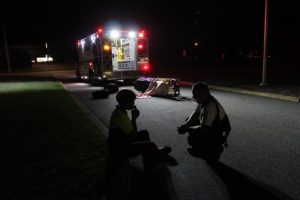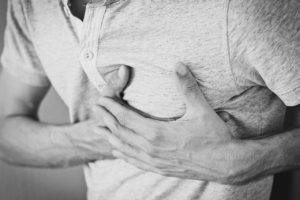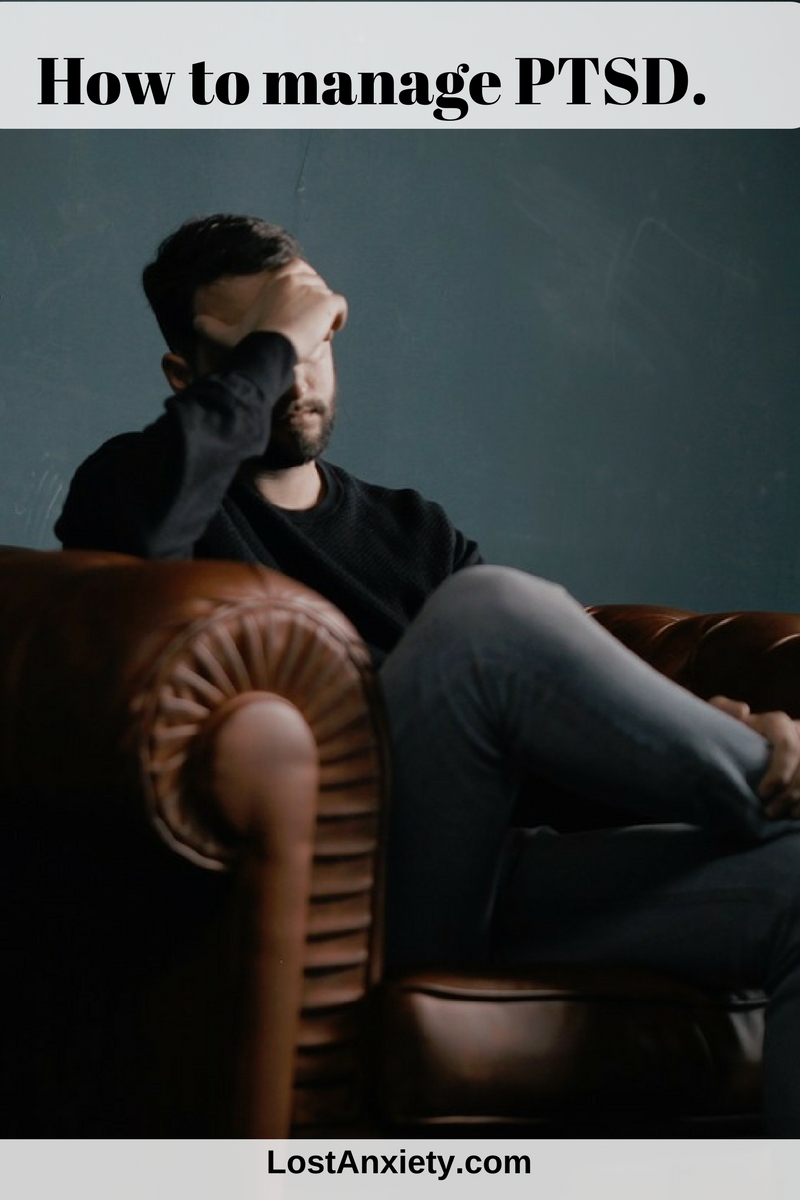Post Traumatic Stress Disorder
Post-Traumatic Stress Disorder (PTSD) most often manifests after witnessing an extreme event that is stressful, distressing, or frightening. Prolonged traumatic experiences can also create stress and anxiety.
What Causes Post Traumatic Stress Disorder?
PTSD can be caused by several types of situations. Such as violent personal assaults, severe road accidents, witnessing a violent death, being held hostage, terrorist attacks, the death of a close family member or friend, and natural disasters.

Given the conditions our defense forces often encounter, military personnel are more at risk of PTSD than the average civilian, but PTSD can affect anyone from any walk of life.
For example, Whoopi Goldberg witnessed two planes collide in mid-air when she was a child.
She has never kept her PTSD a secret, has been victim to several anxiety attacks while boarding planes and is still receiving therapy as part of her coping strategy.
Also Monica Seles, a professional tennis player, was a victim of stabbing in 1993 and suffered PTSD as a result. Seles outlines in her autobiography her struggles in dealing with the condition to reduce her anxiety enough to return to the court.
It’s not entirely clear what causes PTSD, but studies indicate it may be a result of an instinctive survival mechanism that is triggered during flashbacks of a traumatic event. For some reason, the patient has been unable to resolve the issue and move on from the experience.
Research has discovered a higher level of adrenaline in people suffering through PTSD. The body naturally produces adrenaline during times of high stress to deal with pain and dull the senses. However, sufferers continue to produce adrenaline despite there being no signs of danger.
Symptoms of PTSD
Symptoms of PTSD can manifest in a variety of ways. Sufferers often re-live an event through recurring memories and vivid imagery. These episodes can bring about intense emotional and physical reactions including sweating, panic, extreme anxiety, and heart palpitations. 
Many people experiencing PTSD also have trouble sleeping, are easily irritated, have trouble concentrating, and are easily startled or surprised. They may also keep their heads on a swivel and be in constant search of danger.
Avoiding the areas where the event occurred is another common symptom.This helps the sufferer avoid the painful memories, thoughts, and feelings that are often dredged up after visiting familiar, yet terrifying, surroundings.
Some sufferers may ignore regular day to day activities, and avoid interacting with other people. This seclusion can lead to a feeling of emotional emptiness as they become further cut off from family and friends.
Coping with PTSD
The first step in coping with PTSD is in knowing that the process is going to take time. It’s an ongoing daily challenge with small daily victories being the stepping stones to wellness.
Trauma survivors can empower themselves with coping skills by learning about PTSD, what’s normal, what are the signs, and when to know to ask for help. Understand that you are not weak, haven’t lost your mind, and that you are not alone will help you to deal with the symptoms.

Always remind yourself that they are just memories and have no power over you.
Tell yourself that it’s okay to have a few memories of the event.
Talking it out with someone you can trust may also provide you with some much-needed support.
Positive actions such as work, or recreational activities with friends may help distract you from the traumatic memories and get your life back on track. Keep reminding yourself that, while the memories may be fresh now, they will gradually diminish over time. Seek professional help and guidance when dealing with severe PTSD.
For more information on how to manage Post Traumatic Stress Disorder click Here.
